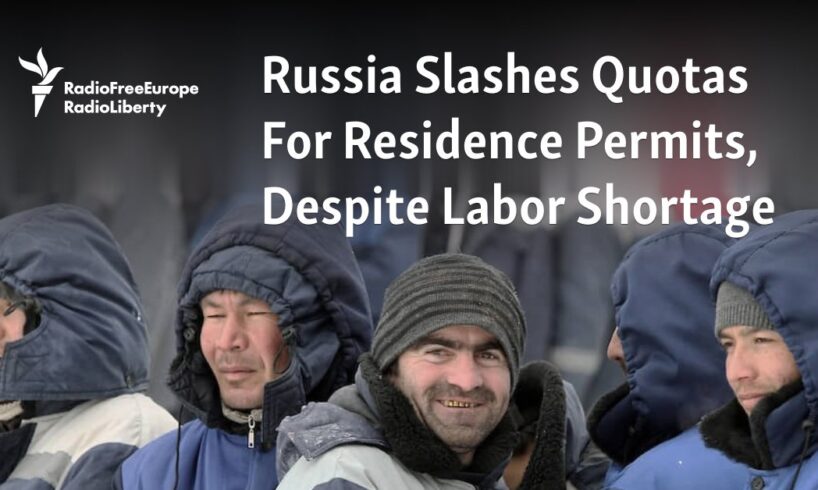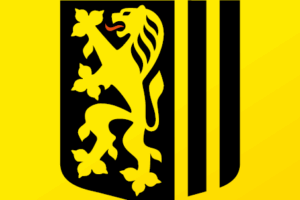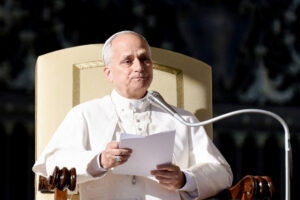
Russia will need to attract millions of skilled migrants to sustain its economy and achieve an annual growth rate of at least 3.2 percent, Sberbank CEO German Gref said on Thursday. As the Kremlin tightens controls on workers from Central Asia after a 2024 terror attack, Moscow is shifting focus to recruitment in South Asia, Africa, and Latin America.
Speaking at a meeting of the State Council on Demographic and Family Policy, the country’s top banker and longtime ally of President Vladimir Putin warned that Russia’s current demographic and economic trends are unsustainable without decisive action, Reuters reported.
War mobilization triggers labor crunch and wage pressure
“Without economic growth, there will be nothing. We won’t be able to solve social problems, or any others,” Gref said. “We must grow at a rate no lower than the global average. That means at least 3.2% annually until 2030.”
Russia has been trapped in a severe labor crunch across key industries since the start of its war in Ukraine as hundreds of thousands of men were mobilized or volunteered for the military. Large state payouts to army recruits have also fueled wage inflation, further distorting the labor market.
IMF cuts 2025 outlook to 0.6%; rate decision looms
After 4.3% growth in 2024, the International Monetary Fund (IMF) revised down its economic forecast for Russia’s year on year growth in 2025 from 1.5% to 0.6% of real GDP, according to its October 2025 World Economic Outlook. The central bank is set to decide on its key interest rate on Friday, with economists divided over whether it will hold or raise rates further.
‘Defending the Country Is Crucial’ – Croatia Reinstates Conscription Over European Security Concerns
Croatia’s parliament on Friday passed a law that will see thousands of men undergo mandatory military training each year.
Sanctions and high rates push turn to migration
Gref noted that high borrowing costs and restricted access to investment capital – worsened by Western sanctions – make productivity-driven growth increasingly difficult. He argued that the only viable alternative is to expand the workforce by bringing in skilled labor from abroad.
“Unfortunately, we are engaging in negative selection. We mostly attract very low-skilled labor, while we ourselves are losing highly qualified specialists,” he said, referring to the wave of professionals who fled Russia after the invasion began.
Migration remains politically sensitive in Russia. The country has long relied on workers from Central Asia – part of the Moscow-led Commonwealth of Independent States (CIS) that includes Kazakhstan, Tajikistan, and Uzbekistan – for construction and public services, but inflows have fallen sharply over the past year.
After a deadly terrorist attack at a Moscow concert hall in 2024, the Kremlin tightened controls and imposed new restrictions on migrants from the central Asian region.
Pivot to South Asia, Africa, Latin America; Indian entries surge
As a result, Russia is now turning to recruitment drives across South Asia, Africa and Latin America. Entries of Indian citizens to Russia for work purposes have surged from 813 in 2020 to 17,700 by late 2025, and officials expect the number to roughly double year-on-year as recruitment expands in construction, industry, and agriculture, Ukraine’s Foreign Intelligence Service stated in a press release on Oct. 10.
Gref urged the government to develop programs to attract qualified foreign specialists and encourage international students to stay in Russia after graduation. “It is a matter of national security and the survival of the country,” he said.
Russia will need to attract millions of skilled migrants to sustain its economy and achieve an annual growth rate of at least 3.2 percent, Sberbank CEO German Gref said on Thursday. As the Kremlin tightens controls on workers from Central Asia after a 2024 terror attack, Moscow is shifting focus to recruitment in South Asia, Africa, and Latin America.
Speaking at a meeting of the State Council on Demographic and Family Policy, the country’s top banker and longtime ally of President Vladimir Putin warned that Russia’s current demographic and economic trends are unsustainable without decisive action, Reuters reported.
War mobilization triggers labor crunch and wage pressure
“Without economic growth, there will be nothing. We won’t be able to solve social problems, or any others,” Gref said. “We must grow at a rate no lower than the global average. That means at least 3.2% annually until 2030.”
Russia has been trapped in a severe labor crunch across key industries since the start of its war in Ukraine as hundreds of thousands of men were mobilized or volunteered for the military. Large state payouts to army recruits have also fueled wage inflation, further distorting the labor market.
IMF cuts 2025 outlook to 0.6%; rate decision looms
After 4.3% growth in 2024, the International Monetary Fund (IMF) revised down its economic forecast for Russia’s year on year growth in 2025 from 1.5% to 0.6% of real GDP, according to its October 2025 World Economic Outlook. The central bank is set to decide on its key interest rate on Friday, with economists divided over whether it will hold or raise rates further.
Sanctions and high rates push turn to migration
Gref noted that high borrowing costs and restricted access to investment capital – worsened by Western sanctions – make productivity-driven growth increasingly difficult. He argued that the only viable alternative is to expand the workforce by bringing in skilled labor from abroad.
“Unfortunately, we are engaging in negative selection. We mostly attract very low-skilled labor, while we ourselves are losing highly qualified specialists,” he said, referring to the wave of professionals who fled Russia after the invasion began.
Migration remains politically sensitive in Russia. The country has long relied on workers from Central Asia – part of the Moscow-led Commonwealth of Independent States (CIS) that includes Kazakhstan, Tajikistan, and Uzbekistan – for construction and public services, but inflows have fallen sharply over the past year.
After a deadly terrorist attack at a Moscow concert hall in 2024, the Kremlin tightened controls and imposed new restrictions on migrants from the central Asian region.
Pivot to South Asia, Africa, Latin America; Indian entries surge
As a result, Russia is now turning to recruitment drives across South Asia, Africa and Latin America. Entries of Indian citizens to Russia for work purposes have surged from 813 in 2020 to 17,700 by late 2025, and officials expect the number to roughly double year-on-year as recruitment expands in construction, industry, and agriculture, Ukraine’s Foreign Intelligence Service stated in a press release on Oct. 10.
Gref urged the government to develop programs to attract qualified foreign specialists and encourage international students to stay in Russia after graduation. “It is a matter of national security and the survival of the country,” he said.





